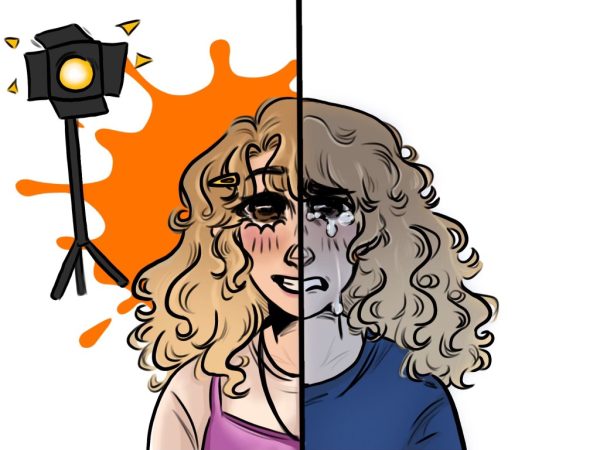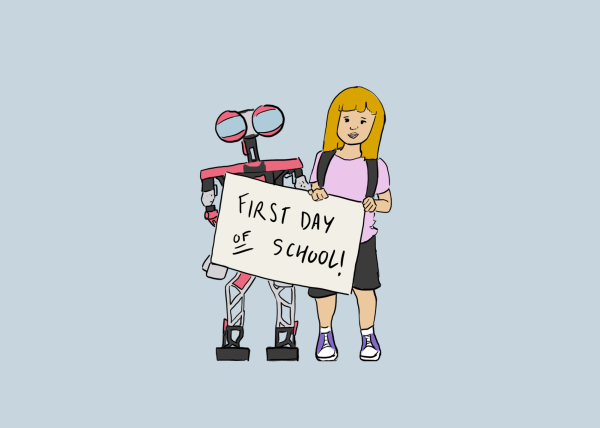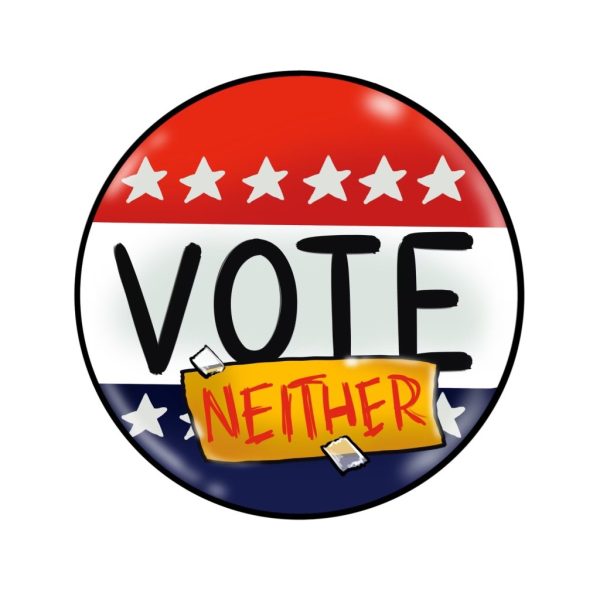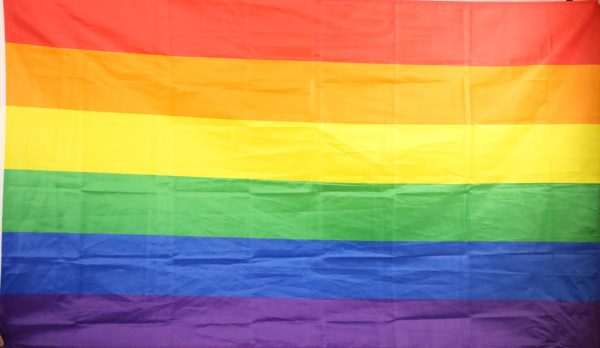97% invalidated
photo by Skyler Glenn
A recent study shows that 97% of UK women aged 18-24 have experienced some form of sexual harassment in their lifetime. Social media users are using this statistic irresponsibly and invalidating victims.
It’s like buying clothes from Brandy Melville. Their clothes are popular, and everyone has some. Even if the clothes don’t fit well, people will still try to wear them. Sounds like the 97%, right?
It shouldn’t.
In Jan. 2021, the All-Party Parliamentary Group (APPG) for UN Women surveyed over 1,000 women from the United Kingdom on their experience with sexual harassment. According to their study, 97% of women aged 18-24 have experienced some form of sexual harassment in their life.
According to TikTok, this means that 97% of all people, regardless of age, gender and nationality, have been sexually harassed.
This social media movement has done nothing but hurt the true victims of sexual harassment. With each day, the percentage seems to change. It started at 97%, then some argued it was 99%, and many tried to water the statistic down to a smaller 35%. On top of shifting numbers, the definition for sexual harassment seems to get more vague with each day. One viral TikTok stated that “being uncomfortable” around a man was enough to make one qualify for the 97%.
What people fail to acknowledge is that the number is not important – it is the principle of sexual harassment that matters. Anything over 0% is too high, and arguing over what the correct statistic distracts attention from the real issue. Additionally, the purpose of sexual harassment awareness is not inclusion and one should not feel the desire to be included. Expansion of the “requirements” for sexual harassment makes it less alarming and more normal, thus lessening the severity of the situation.
The Advisory, Conciliation and Arbitration Service (ACAS) of the UK defines sexual harassment as “unwanted behavior of a sexual nature,” while the US Department of State defines it as “unwelcome sexual advances, requests for sexual favors, and other verbal or physical conduct of a sexual nature.” Sexual harassment is common enough. There is no need to widen the group. Being a victim isn’t trendy.
If the narrow-minded users of these platforms dug a little deeper, they would find that an actual 71% of all UK women have had an experience with sexual harassment, and men were not accounted for in the study, nor were women across the globe. Spreading this false information has caused an uproar, and for all the wrong reasons. Again, the number isn’t important – ending these occurrences is.
It’s sickening to see people treating sexual harassment like a trend. Posting a video saying “Just found out I’m part of the 97%!” is an unhealthy coping mechanism, and could be triggering. These posts often receive millions of likes, and warnings are seldom provided. Being a victim is not cute, fun or quirky. It’s serious, and should be handled as such.
Another big issue with this movement is the grouping together of sexual assault and sexual harassment. These occurrences are very different and come with their own set of traumas. Sticking rape and catcalling into one category just doesn’t make sense, and it’s extremely invalidating to both sides. When this happens, harassment and assault victims may feel like their story is insignificant. Both need to be recognized and ended, but they require different actions.
There are many ways that the media can be helpful in limiting sexual harassment. Spreading hotlines, safety tips and encouraging words can help women who are struggling to overcome their trauma. Arguing over a number is not the answer; putting an end to this behavior is.
Your donation will support the student journalists of Hagerty High School. Your contribution helps us publish six issues of the BluePrint and cover our annual website hosting costs. Thank you so much!


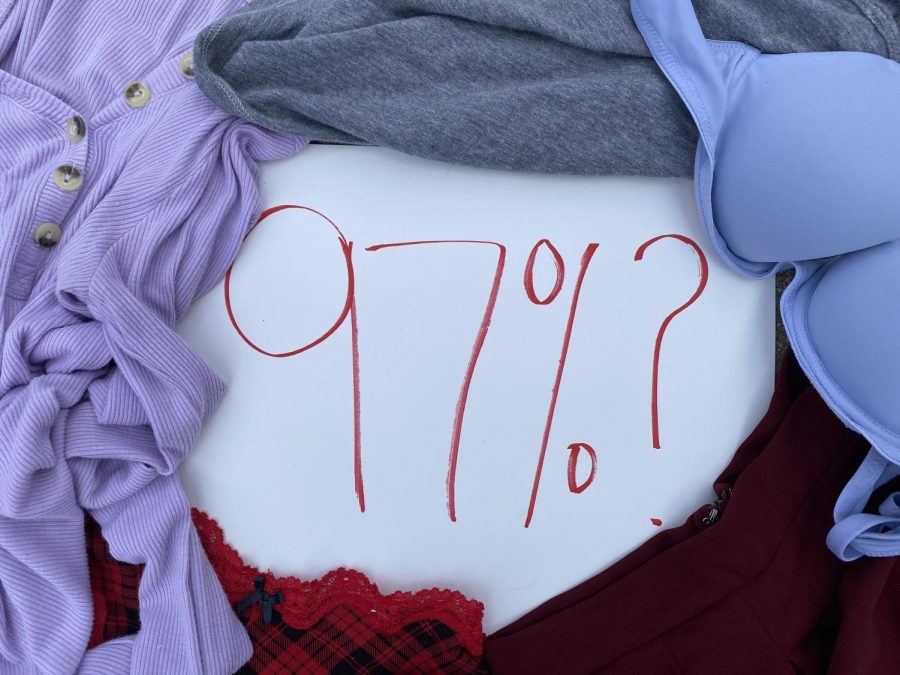
![Its The Little Things: [CENSORED]](https://hhsblueprint.com/wp-content/uploads/2024/04/IMG_4644-600x384.jpeg)
